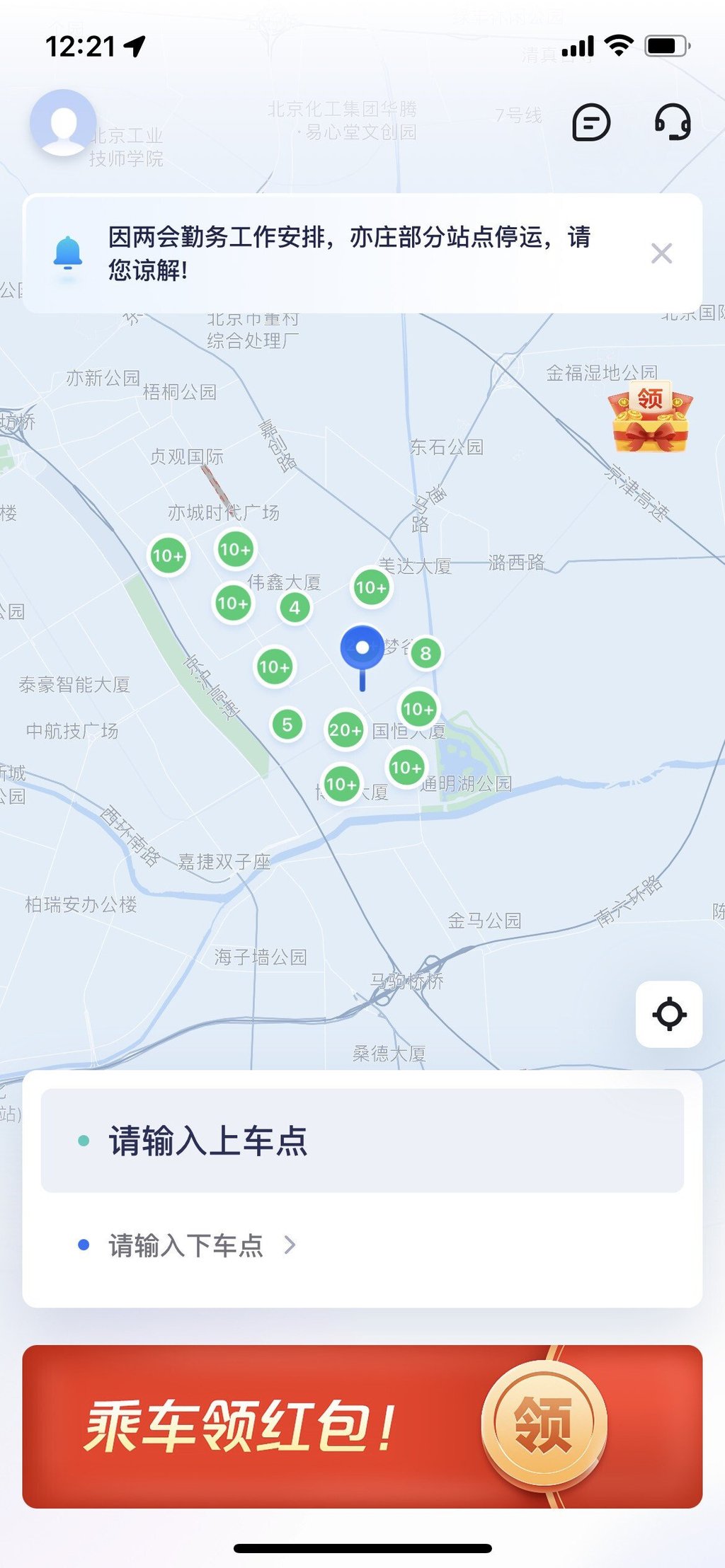Baidu’s autonomous driving chief wants robotaxis to ditch human drivers, but regulatory hurdles are steep
- Baidu’s Wei Dong says the company is working with regulators to amend regulations to allow robotaxis on the streets without someone behind the wheel
- The internet search giant sees this as key to the commercial viability of robotaxis, which Baidu offers at a steep discount in select pilot zones around China

Nine years after Baidu started researching autonomous driving, the internet search and artificial intelligence giant says its self-driving cars are ready for a broader roll-out across China and can ditch human drivers altogether.
“We aim to run fully driverless robotaxis if the government gives permission, because this is the end game,” said Wei Dong, chief security operations officer at Baidu’s Intelligent Driving Group.
Under ideal conditions, it can certainly feel like these cars are ready for the average consumer. At 1pm on Monday afternoon, it took less than three minutes for one of Baidu’s Apollo cars to pull up after being hailed from the company’s dedicated robotaxi app. That is as fast as any response from drivers on Didi Chuxing, China’s leading ride-hailing platform. The drive was also smooth, with only a few interventions from the human driver at the start and end of the ride.

However, this was during off-peak hours in a 10 sq km space in Yizhuang, a 225 sq km industrial development area on the southeastern outskirts of Beijing. The area is home to one of China’s primary pilot zones for autonomous driving, where visitors can see roads bustling with self-driving vehicles from the likes of Baidu and Pony.ai, making it emblematic of the country’s efforts in the technology that tech giants are betting on to transform the future of transport.
The race to eke out an edge in autonomous driving has involved billions of dollars and many years of research and development in hardware and software solutions from companies that include those dedicated to such technology like WeRide and AutoX. These companies remain upbeat about the tech’s prospects, with all saying they have achieved level 4 (L4) autonomous driving, one notch below fully driverless L5 automation.
Many of these companies have also been trialling their self-driving cars in major cities across China for years, but Baidu’s autonomous driving unit leads the pack in terms of robotaxi fleet size, Wei said during Baidu’s Apollo Day event on Tuesday at Apollo Park in Yizhuang.
Despite the hype and the technology’s promise, though, regulations have yet to catch up in much of the world, including China. In Yizhuang, self-driving cars are only permitted to travel at a maximum speed of 60km/h (37mph). Most cities also limit robotaxis to specific geo-fenced areas and require they be accompanied by a human driver to intervene in case something goes wrong.